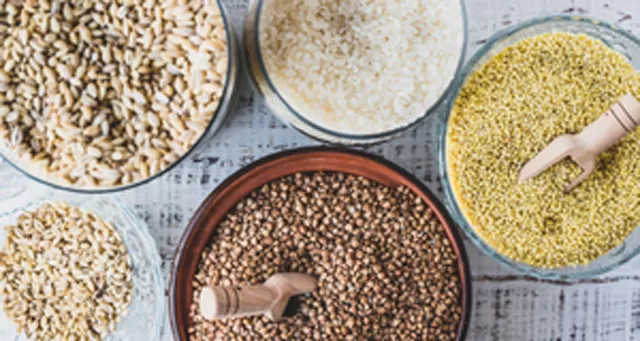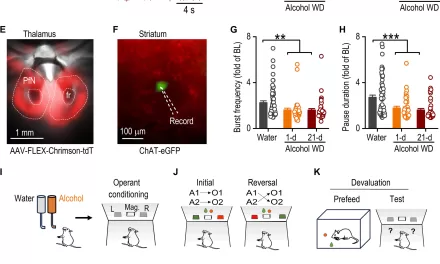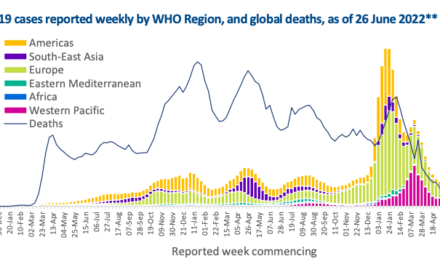Despite significant strides in science and a globalized economy, malnutrition remains a critical issue worldwide, with the United Nations estimating that 2.33 billion people faced food insecurity in 2023. However, new research sheds light on how India’s Public Distribution System (PDS)—the world’s largest food assistance program—is not only combating malnutrition but also fostering stronger health outcomes and incomes for millions.
The study, published in the American Economic Journal: Applied Economics, involved researchers from UC Santa Barbara, the Indian Institute of Management, and the University of Calgary. Their findings highlight the effectiveness of PDS in improving child nutrition and economic stability, with benefits extending far beyond the caloric content of the subsidized grains.
India’s Public Distribution System, the largest food transfer program globally, supports nearly 800 million people. Through PDS, eligible individuals and families can purchase subsidized rice and wheat, accounting for a significant portion of India’s social assistance budget—60% in the 2019–2020 period.
A Long-Standing Challenge: Malnutrition
Malnutrition has long plagued India, with child stunting rates on par with some of the poorest regions in sub-Saharan Africa. “Stunting rates for children in India are the same as they are in some of the poorest countries, even though India is much wealthier,” said Kathy Baylis, a professor at UCSB and co-author of the study. As a response, PDS was developed to alleviate food insecurity and help lift families out of poverty.
The program was revamped in 2013 when the Indian government set federal minimum standards, prompting several states to increase assistance, either through larger portions or lower prices. Researchers compared the effects of these changes between states that were already meeting the standards and those that had to adjust their policies.
Positive Impacts on Health and Nutrition
The study used data from the International Crops Research Institute for the Semi-Arid Tropics (ICRISAT), which conducted a five-year survey of families in the PDS program across 30 villages in eight Indian states. Tracking children’s height-for-age, an indicator of malnutrition, the researchers discovered a significant reduction in stunting—from 36% to 28.8%—as a result of PDS expansion.
The improvements were particularly striking in children aged zero to two years, a crucial period for physical and cognitive development. Baylis noted, “The reason we care about stunting is that it’s associated with long-term negative health outcomes and cognitive challenges, which can affect education and income.”
A More Balanced Diet
While critics have argued that the subsidized grains may replace more nutritious foods with empty calories, the survey revealed the opposite. Households participating in the PDS program were found to have more diversified diets, as the savings from subsidized grains allowed families to purchase additional nutrient-dense foods, particularly animal proteins like meat and dairy. These improvements were credited with helping children grow taller and healthier.
Economic Benefits Beyond Food
In addition to health improvements, the study observed notable economic benefits. The PDS program appears to increase household income, with well-fed individuals more likely to work longer hours and be selective about their employment. Interestingly, this trend was most evident among hourly workers, not salaried employees. “The secondary effect on income made this program more meaningful than just the value of the food itself,” Baylis explained.
The researchers also pointed out that, unlike direct cash transfers—which can drive up food prices due to increased demand—subsidized food helps reduce food prices, benefiting participants further.
A Broader Impact
These findings emphasize the far-reaching effects of food assistance programs. By providing reliable access to food, PDS not only improves nutrition but also contributes to better health, economic security, and human capital development. “Even if the safety net itself isn’t huge, the broader benefits are substantial,” Baylis concluded.
This research underscores the significance of food programs like PDS in the global fight against malnutrition and poverty, offering valuable insights for policymakers considering similar initiatives in other regions.
Disclaimer: The research highlighted in this article was conducted by independent academic researchers and may not reflect the views of the governments or institutions involved in the programs studied. For more information, visit American Economic Journal: Applied Economics.











